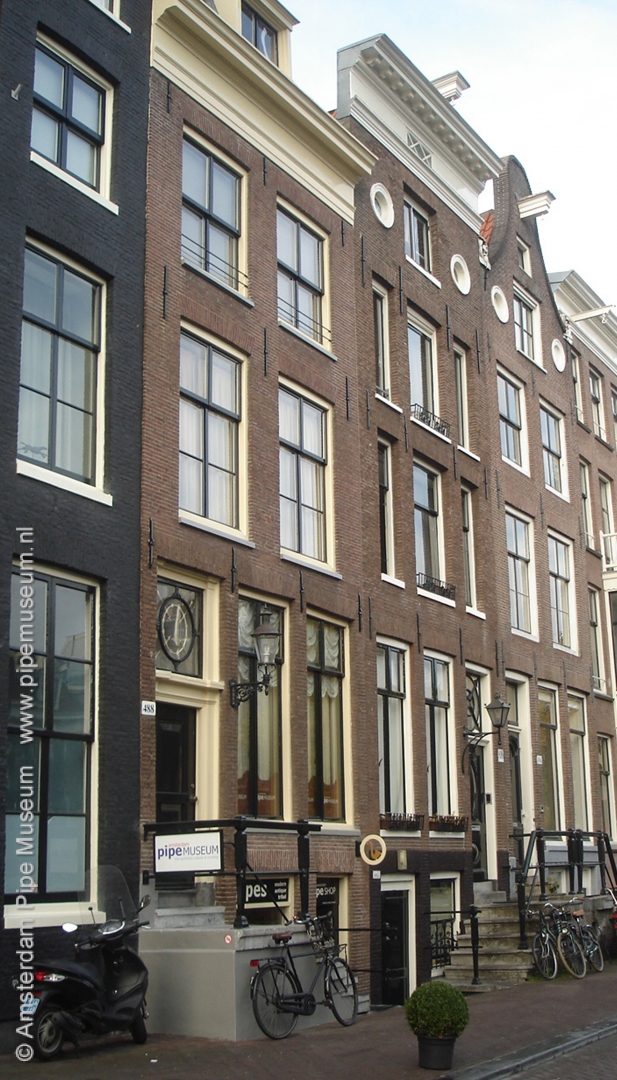The history of the Amsterdam Pipe Museum
Author:
Benedict Goes
Original Title:
De geschiedenis van het Amsterdam Pipe Museum
Publication Year:
2021
Publisher:
Amsterdam Pipe Museum (Stichting Pijpenkabinet)
Preface

The Amsterdam Pipe Museum, formerly known as Pijpenkabinet, has existed as a collection for over fifty years. That is not long for a museum, but it is more than enough to have its own history. Looking back, we distinguish four phases that mark the shift and growth of our activities. This article unveils the history of this Amsterdam museum in all its aspects.
The first period in the capital Amsterdam is the initial phase in which the base of the collection is laid with a start in researching the history of the pipe. In the second, or 'Leiden phase', the collection is expanded and the museum establishes its reputation with national fame. The series of publications and expertise ensure the reputation as a modest institution with excellent know-how. With the move back to Amsterdam, the museum grows into the third or 'Amsterdam phase' to national interest with an international collection and accompanying global visitors. The informative website especially ensures worldwide attention. The fourth phase, or 'digital phase', started in 2010. This is marked by the online publication of the fully digitized collection. As a knowledge institute, this gives the museum a new position that is no longer bound to a specific location. That last episode is also the exciting phase of the future in which new plans can take shape.
From Pijpenkamer via Pijpenkabinet to Amsterdam Pipe Museum gives an overview of the professionalization of a private initiative. It shows how a personal hobby can grow into a well-managed, internationally orientated museum. In other words, how a social result with a global reach is born from a highly specialized hobby. This story also shows the great professionalization that has taken place in the Dutch museum system over the past fifty years.